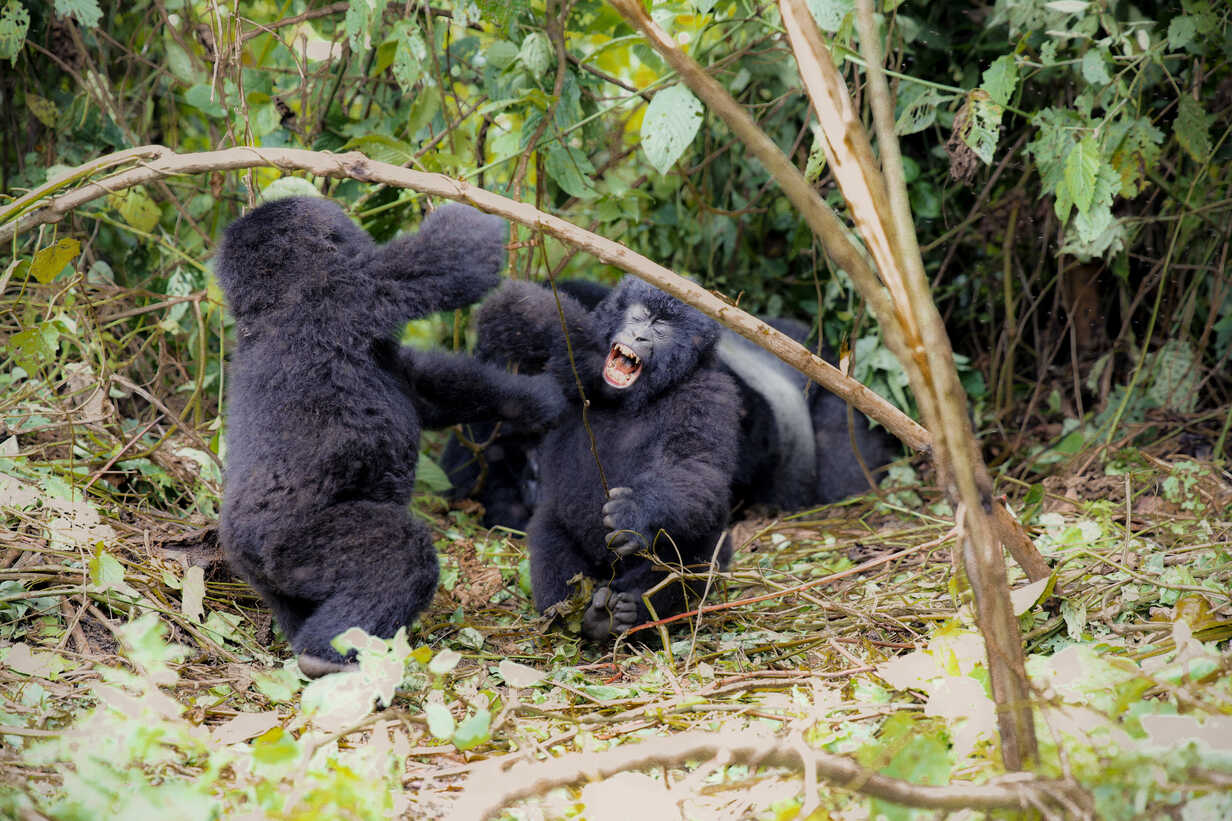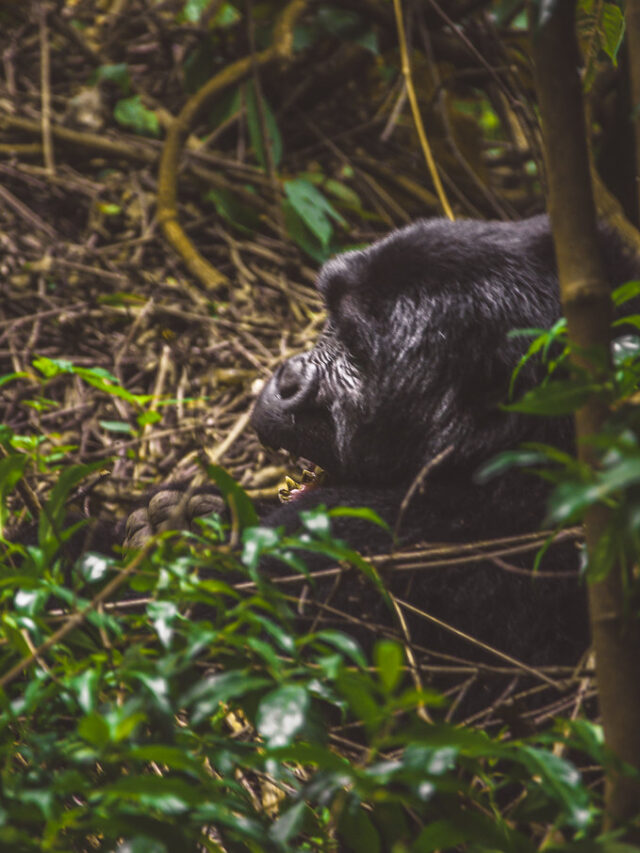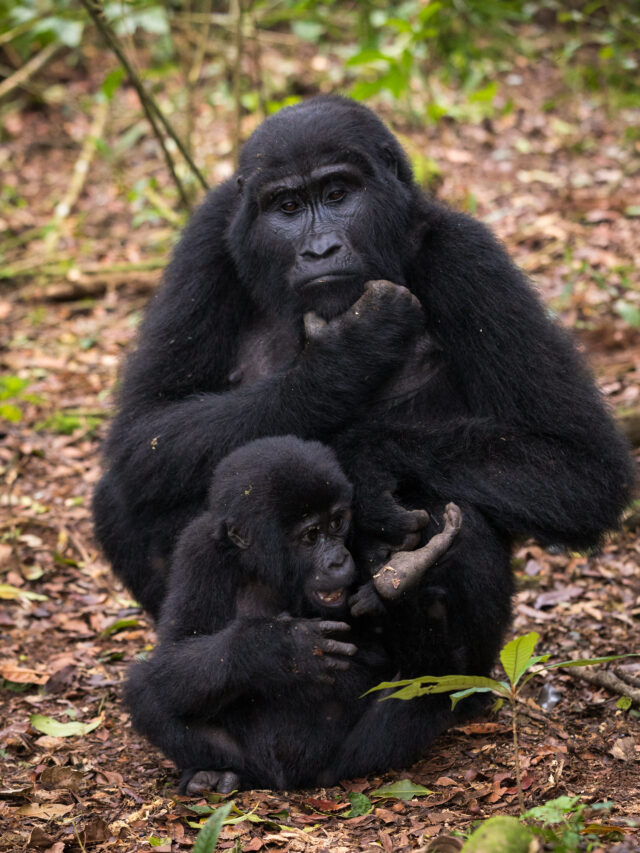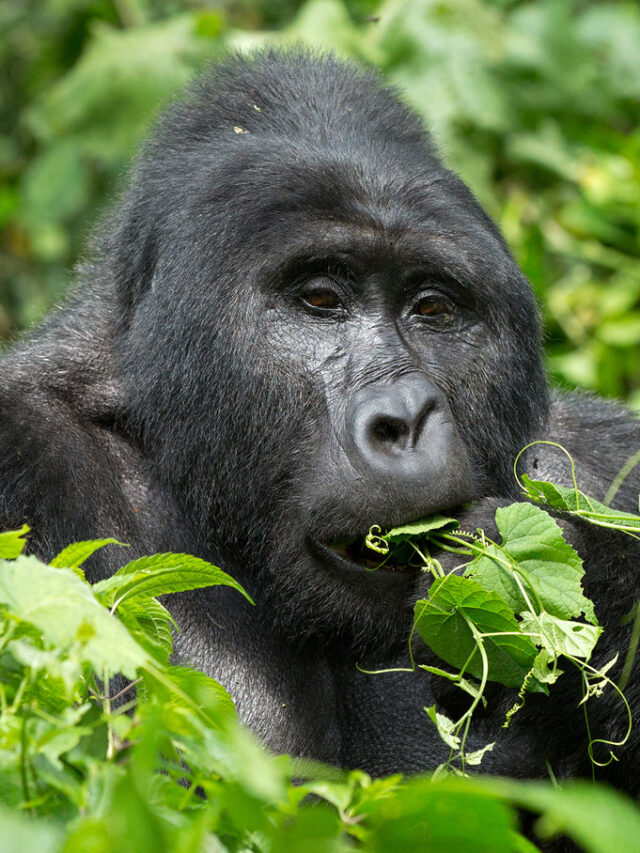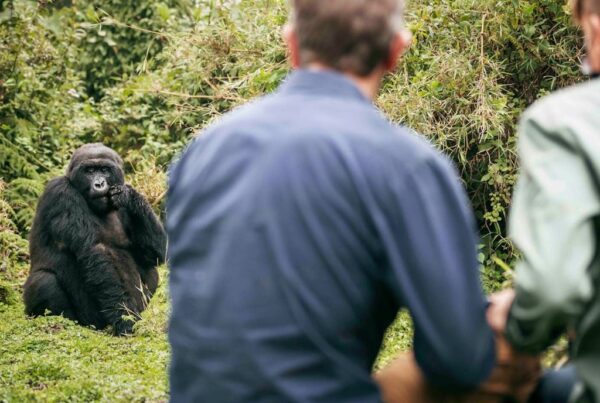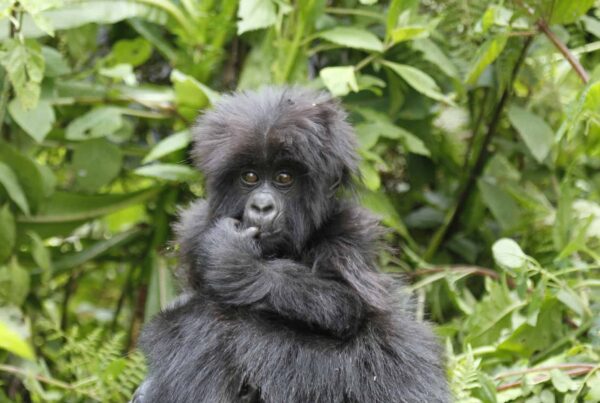Gorillas and Their Fascinating Social Structures: The Heartbeat of the Forest
Deep within the lush forests of Africa, gorillas live lives defined not only by their immense physical presence but by the intricate social bonds that knit their families together. Their social structures are among the most fascinating and complex in the animal kingdom, revealing layers of communication, hierarchy, affection, and survival strategies that echo human social systems in profound ways.
Gorillas and Their Fascinating Social Structures — Understanding gorilla social groups is more than a study of behavior; it is an invitation to glimpse the heartbeat of a community that thrives in the wild, bound by respect, loyalty, and shared existence. Each troop is a story — a dynamic, evolving family where every member plays a vital role in ensuring the survival and well-being of the whole.
The Family Unit: Troops Led by a Silverback
At the core of gorilla society lies the troop or group — a family unit typically composed of one dominant adult male known as the silverback, multiple adult females, and their offspring. The silverback earns his name from the distinctive patch of silver hair that develops on his back as he matures, signaling his status and strength.
The silverback is more than a leader; he is the guardian and anchor of the group. His responsibilities extend beyond protecting his family from threats; he mediates conflicts, leads daily movements through the forest, decides where the group feeds or rests, and often serves as a gentle patriarch. His presence commands respect, but his leadership style is more about guidance than intimidation.
The females within the troop maintain strong bonds with the silverback and with each other, forming networks of support, especially when it comes to raising their young. The infants and juveniles, full of energy and curiosity, create a lively and playful atmosphere that strengthens the group’s cohesion.
Multiple Group Dynamics and Dispersal
While the typical gorilla troop consists of one silverback, recent research shows that some groups may include multiple adult males, often brothers or allies, which adds complexity to the social hierarchy. These subordinate males, called blackbacks, are generally younger and may one day challenge for leadership or leave to establish their own groups.
Young males often disperse from their natal groups around the age of 11 to 13, embarking on a solitary phase before attracting females and forming their own troops. This dispersal is a crucial element of gorilla social life, ensuring genetic diversity and preventing inbreeding. It is also a time of great challenge, as lone males must survive alone before building their family.
Communication Within the Group: Beyond Words
Gorillas communicate through a rich combination of vocalizations, body language, facial expressions, and tactile interactions. Soft grunts, hoots, and belch-like sounds weave a constant background to group life, conveying everything from contentment to warnings.
Body language plays a vital role in maintaining harmony. A silverback’s chest beat can be a display of strength or a calming gesture depending on context. Gentle grooming sessions reinforce social bonds, reduce tension, and show care. Even subtle eye contact or a tilt of the head can express reassurance or caution.
This intricate communication network enables the group to live in relative peace, minimizing conflict and maximizing cooperation — qualities that are essential for survival in the dense forests they call home.
The Role of Play and Learning
Juvenile gorillas engage in energetic play that is crucial for their physical development and social learning. Wrestling matches, chasing games, and climbing adventures teach young gorillas how to navigate social rules, build strength, and develop skills they will need as adults.
Play also provides emotional benefits. It fosters trust, reduces stress, and creates positive memories within the group. Mothers closely watch these interactions, stepping in when needed but allowing youngsters the freedom to explore.
Conflict and Resolution: Maintaining Balance
Despite their size and power, gorillas are surprisingly peaceful animals. Conflict does arise, often related to mating rights or competition among males, but it is usually resolved without serious injury. Displays like chest beating, vocalizations, and posturing serve as warnings and help avoid violent confrontations.
When a challenge for leadership occurs, it is intense but brief. The stronger silverback typically asserts dominance, and the defeated male may leave the group, sometimes living solitary lives before forming new troops. The silverback’s role as peacekeeper extends to ensuring such transitions are as smooth as possible.
The Social Fabric and Its Conservation Importance
Understanding gorilla social structures is critical for conservation efforts. Their social bonds mean that disruptions, whether through poaching, habitat loss, or tourism, can have profound impacts on group stability and reproduction.
Conservation programs emphasize protecting entire groups, maintaining their habitats, and minimizing human interference. Responsible tourism, such as carefully managed gorilla trekking, helps fund these efforts while allowing visitors to witness these remarkable social systems firsthand.

